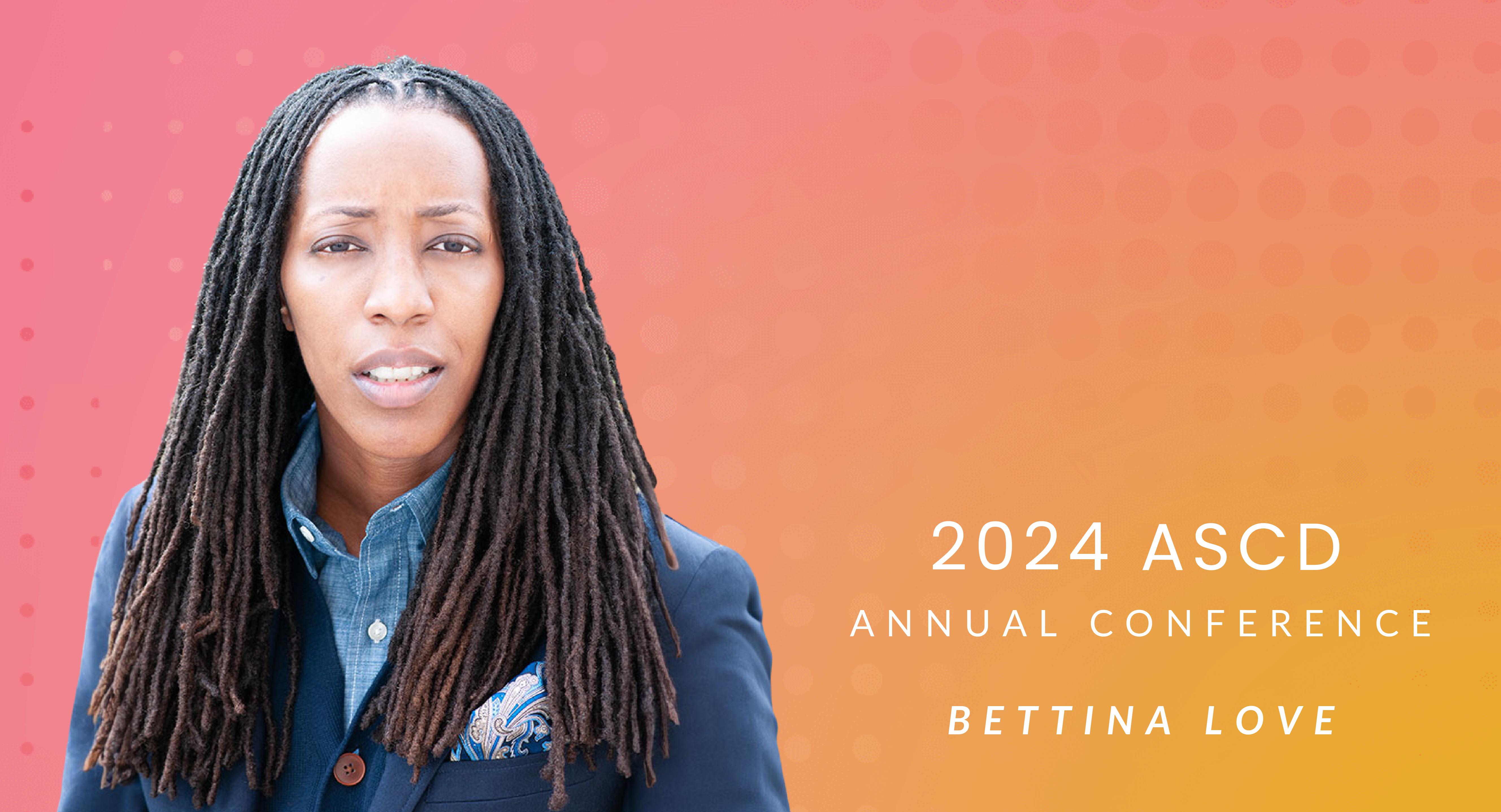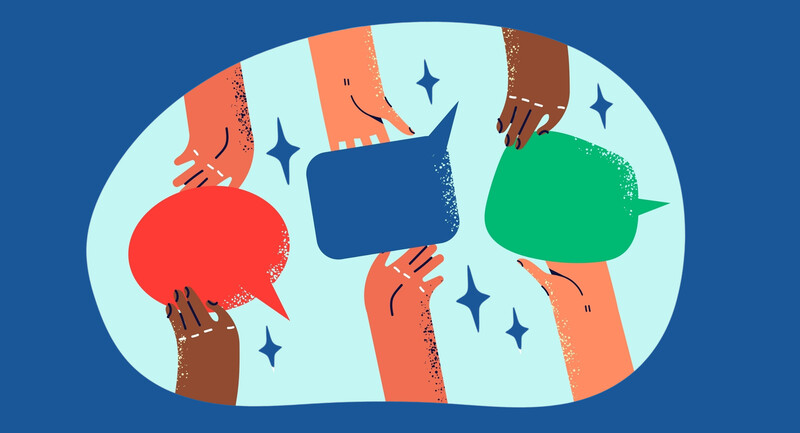You’ve probably heard of Jane Elliott’s 1968 classroom experiment on prejudice
When one of her students asked why the Rev. Martin Luther King Jr. was killed the previous night, the Iowa teacher came up with an impromptu lesson on racial segregation by dividing her third-graders by eye color.
Elliott at first decreed that blue-eyed students were superior. She seated them in the front of the class, gave them extra privileges, and told them to ignore their brown-eyed classmates. The following week, Elliott switched the roles.
The experience quickly transformed the 8-year-olds. Those deemed “inferior” became timid and withdrawn. The “superior” kids acted bossy and arrogant. Some critics later questioned the ethics of Elliott’s exercise. But she succeeded in giving her white students, who had few contacts with blacks and other minorities, an indelible lesson about racism
A half century on from Elliott’s classroom exercise, the United States is still grappling with the legacy of racism and prejudice. Yes, our society has grown more diverse and progressive since the era of legal segregation and discrimination, yet many students lack true understanding of institutionalized racism and the ways their own actions may perpetuate it.
Montana’s 2014 Teacher of the Year, Anna Baldwin, told Counseling at NYU, which offers an online master’s in school counseling from NYU Steinhardt, that kids “know that racism is bad. They just don’t know how to define it.” Baldwin also says that it is important to work on trust building and providing safe spaces for students to share their thoughts on these things.
For teachers, like Anna Baldwin, it is important that they are properly trained in diversity and inclusion, are aware of cultural sensitivities, and are prepared to address racism head-on in the classroom. Having teachers that are knowledgeable, aware of their own self-biases and that are skilled in handling situations that may emerge in the classroom, will aide in having comfortable conversations and engaging in different activities.
Race and prejudice can make for uncomfortable topics. Chances are, it’s also the reality for many of your students. These are powerful lessons teachers and counselors must be aware of. How best to go about it? Consider these guidelines:
- Incorporate race into your regular curriculum. Play off the news.
- Make your classroom a place that embraces challenging questions and diverse viewpoints in an environment of respect.
- Remember that your aim is not to convert or indoctrinate your students against racism, but to expand their minds with facts and new perspectives.
- Define prejudice and bias to include not only race, but also gender, religion, ethnicity, economic status, sexuality and many other categories that mark someone as an outsider.
Here are six ways to help your students talk about race, privilege, and oppression. Some of the activities are geared for grade-schoolers, while others are suitable for more probing discussions among high school and college students.
1. Bias Quiz
The online Implicit test, developed by psychologists from Harvard, the University of Washington and the University of Virginia, uses timed questions to unearth unconscious attitudes toward minorities, the elderly, women and other groups. The quiz measures split-second reactions. Your students may be surprised to discover hidden biases.
2. The Sneetches
This updated version of Elliott’s 1968 experiment uses the Dr. Seuss book to divide students into favored star-belly Sneetches and unprivileged plain-belly Sneetches.
3. Watch That Ad
Watch that ad. Did you know the CoverGirl cosmetics company didn’t sign its first black model until 1992? Analyzing advertising is a great way to make students aware of stereotypes, racism and sexism. A popular example is a 2017 Dove campaign that seemed to equate white skin with cleanness. Ball State University suggests studying these ads, and offers instructions for discussion.
4. Microaggression
The term microaggression refers to teasing and joking based on gender, ethnic and other stereotypes. These exercises examine the beliefs behind such expressions as, “that’s so gay” or, “why are all black women so loud?"
5. Film Festival
This playlist from the George Lucas Educational Foundation lists brief videos to spark discussion about racism and perceptions. It includes a high-school teacher’s eye-opening exercise on privilege using nothing but wadded up papers and a trash can.
6. Labels
Your students may learn powerful lessons about their own bigotry through labeling photos. Show images of different people — a gay-pride marcher, a goth teen, a woman with missing teeth — and ask the students to quickly jot down impressions. The collective answers serve as a springboard for discussions.








